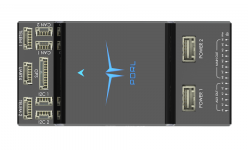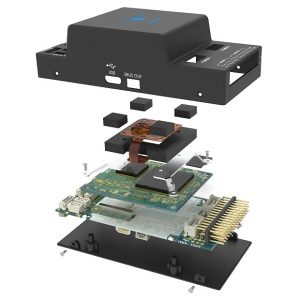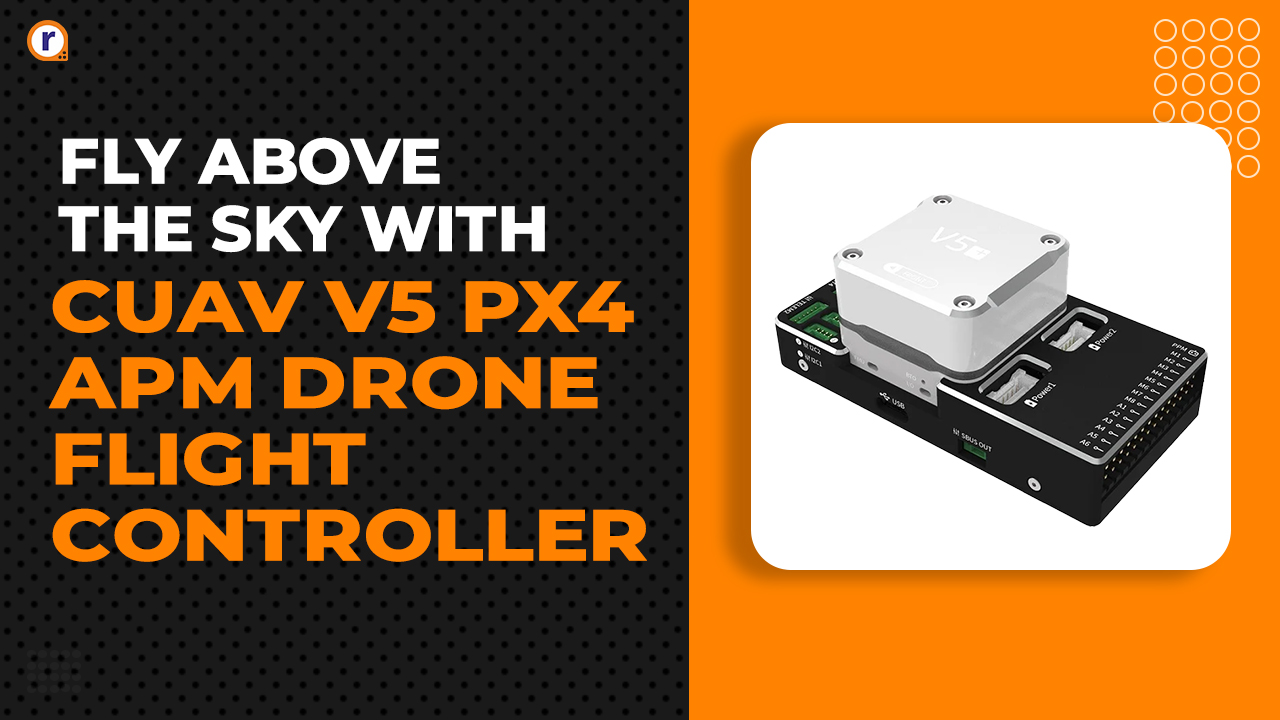A Brief Introduction To AeroFC: A Triple Redundant Autopilot
The AeroFC is a Triple Redundant Autopilot developed by an Indian firm PDRL for Remotely Piloted Aircraft Systems or RPAS. Read on to find what differentiates it from others?

Unmanned vehicles require a software and a hardware element for controlling the vehicle remotely. This is achieved either by the operator directly or autonomously by an onboard computer. The unmanned vehicle needs to take in all the surrounding data like the speed of the motors, stability, etc. This is done with the help of an autopilot. An Autopilot is a flight controller connected to the other peripherals.
So what is a flight controller?
A flight controller (FC) is a small circuit board used to control the speed of each motor in response to input. These inputs may come from a multitude of devices like sensors, gyros, magnetometers, etc. This input will then determine which way the drone moves.
There are many different flight controllers, like APM flight controllers, DJI, KK3 Flight controllers, ArduPilot Cube, CUAV, Aero, etc. Here we are going to talk only about the Aero Flight Controller.
What is AeroFC?
Image Credit: PDRL
The AeroFC is a Triple Redundant Autopilot developed by an Indian firm PDRL for Remotely Piloted Aircraft Systems or RPAS. It is the first flight controller designed and manufactured completely in India. The Aero also complies with the DGCA’s policies of owning a drone.
Triple redundancy is the system which gives the autopilot the reliability necessary to safely carry out the flight missions. A triple redundant arrangement comprises of three similar software and hardware systems. If any one of the three systems fails, the remaining two will take over, offering a double redundancy arrangement. And if one of the two remaining systems fail, the third takes over making it triple redundant. An additional mechanism is added to oversee these three systems. Triple redundant systems have a high tolerance of failures in the autopilot hardware.
Inside AeroFC
The AeroFC has a STM32F765, a 32 Bit Arm® Cortex®-M7, 216MHz as the FMU that has 2MB memory and 512KB RAM, and a 32 Bit Arm® Cortex®-M3, 24MHz, 8KB SRAM for the IO Processor.
Image Credit: PDRL
The Aero Flight controller has a triple redundant IMU i.e. it has 3 accelerometers, 3 gyroscopes and 3 magnetometers. The on-board sensors include an Accelero/Gyro: ICM-20689, an Accelero/Gyro: BMI055 Magnetometer: IST8310, and a Barometer: MS5611.
The autopilot also comes with 2 power sources with automatic failover, consuming 4.3 ~ 5.4V, a USB input of 4.75 ~ 5.25V and a servo rail input of 0 ~ 36V. It also supports triple redundant power input if power input is provided to both battery inputs and the USB port simultaneously. If any two power fails, it will still operate.
Here's a video of AeroFC Unboxing.
How is AeroFC Different?
Pin Configurations and Ports
The Aero flight controller has 8-14 PWM outputs of which 6 are from the IO and 8 are from the main controller, a dedicated PWM/Capture inputs on main controller, a dedicated R/C input for CPPM, a dedicated R/C input for PPM and S.Bus, Analog / PWM RSSI input, S.Bus servo output, 5 general purpose serial ports, I2C ports, SPI buses, CAN Buses with serial ESC, and Analog inputs for voltage / current of 2 batteries.
Triple Redundancy
The AeroFC also has a triple redundant system for all of the components on board including the power supply. A triple redundant power supply is not a standard in the autopilots similar to this.
Interfaces
DSU7 is an interface for AeroFC naming, which includes FMU SWD and UART7 interfaces. UART7 is used as the DEBUG interface for AeroFC with PX4 firmware. Whereas when running ArduPilot firmware; UART7 is used as the communication serial port and USB is used to debug the output. The PPMIN interface is limited to powering the RC receiver and cannot be connected to any power/load.
Power Supply
The output power rails FMU PWM OUT and I/O PWM OUT (0V to 36V) do not power the flight controller board (and are not powered by it). You must supply power to one of POWER1, POWER2 or USB or the board will be unpowered.
Debugging
The system's serial console and SWD interface operate on the FMU Debug port. Simply connect the FTDI cable to the Debug & F7 SWD connector (the product list contains the FTDI cable). It does not have an I/O debug interface.
Besides this, the AeroFC is made in India, as opposed to the CUAV and DJI Autopilots, which are made in China. The company being based in India can provide all the necessary technical support.
Final Words
So all in all the Aero Flight Controller is one of the best made in India autopilots for UAVs, USVs, and UUVs. With 3 sets of sensors of accelerometers, gyrometers, and magnetometers, along with 3 sources of power, and one set being active all the time making this the ideal autopilot for trained and professional operators. This autopilot will find application in the form as an explorer in air, sea as well as land, for military as well as civilian uses.








